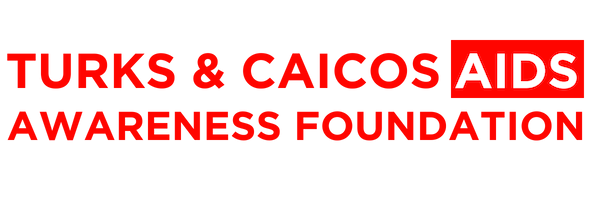Myth: There is no hope for those with HIV/AIDS
Fact: Great progress is being made in treatments and the rate of infant infection in some countries is dropping rapidly. There is also a dropping rate of new infections in many countries with strong prevention programs. Everyone can do something. First, become educated. Then help teach others in your workplace and community Begin to share your knowledge with your peers to help break HIV stigma and discrimination that exists in most communities today and to encourage others to be a part of this fight to end stigma of those affected or infected with HIV/AIDS.
Myth: A cure for HIV/AIDS exists
Fact: While there are treatments to prolong life, there is no cure. Many scientists are working on a cure but few believe there will ever be one way to effectively cure someone because the virus constantly changes.
Myth: It is very easy to catch HIV/AIDS from an infected person
Fact: Everyone can do something. First, become educated. Then help teach others in your church, school, and community. Begin to care and pray about how you and your church, school and community can become involved. Begin to share your knowledge with your peers to help break HIV stigma and discrimination that exists in most communities today and to encourage others to be a part of this fight to end stigma of those affected or infected with HIV/AIDS.
Myth: Condoms aren’t effective in preventing HIV transmission
Fact: The most common way to be infected with HIV is through unprotected sex without a condom. When used properly and appropriately, condoms are extremely effective at protecting against HIV transmission. It is important to ensure you always use a condom when having sex, particularly if you have more than one partner or if you haven’t had a sexual health check up recently. If you are using a lubricant as well as a condom (which is particularly recommended for anal sex) ensure it is water-based.
Myth: There is no HIV risk from pre-cum
Fact: A small amount of HIV can be found in a man’s pre-cum (pre-ejaculation), though less than there is in semen. Because it is harder to transmit HIV through the membranes in the mouth and throat pre-cum carries no HIV risk during oral sex.
However, as it is easier to transmit HIV through vaginal and anal membranes, there is more of a risk of HIV transmission from pre-cum in these types of sex. In fact a number of incidents of HIV transmission have been attributed to the delay in applying a condom during sex.
Myth: You cannot get HIV if you are using birth control methods
Fact: Birth control methods do not prevent the transmission of sexually transmitted infections (STIs) such as HIV. They only aim to prevent pregnancy. The surest way to prevent both pregnancy and an STI is through abstinence or the use of a condom.
Myth: I would know if a loved one or I had HIV
Fact: A person with HIV may not show any symptoms for up to 10 years. Since HIV affects each person differently, many people with HIV can look and feel healthy for years. The only sure way to know is to get regular testing.
Myth: Both my partner and I have HIV. We don't need to use a condom
Fact: This is not true. You still need to practice safe sex. Keep in mind, there are different strains (types) of HIV. Even if you have HIV, you can be infected with a different type from what you already have. You could become infected with drug-resistant strains of HIV. This can make it very hard for treatment to work. Make sure to use a condom every time you have any kind of sex.
Myth: You can’t have a baby if you or you partner have HIV
Fact: If someone living with HIV decides to have a baby, there are options available and steps they can take to ensure HIV is not passed on to their partner during conception (if the partner is HIV negative) or to their child.
